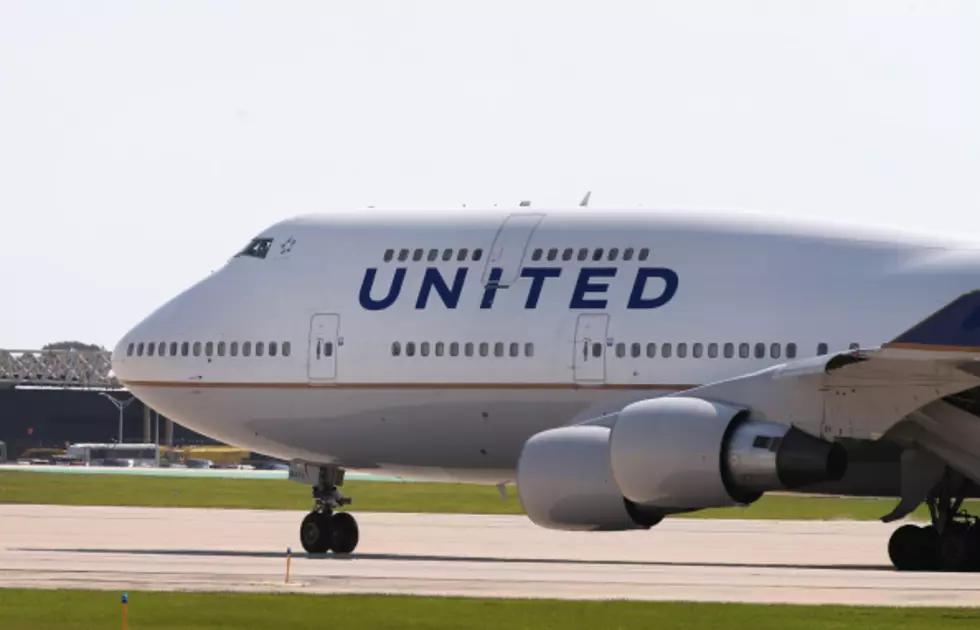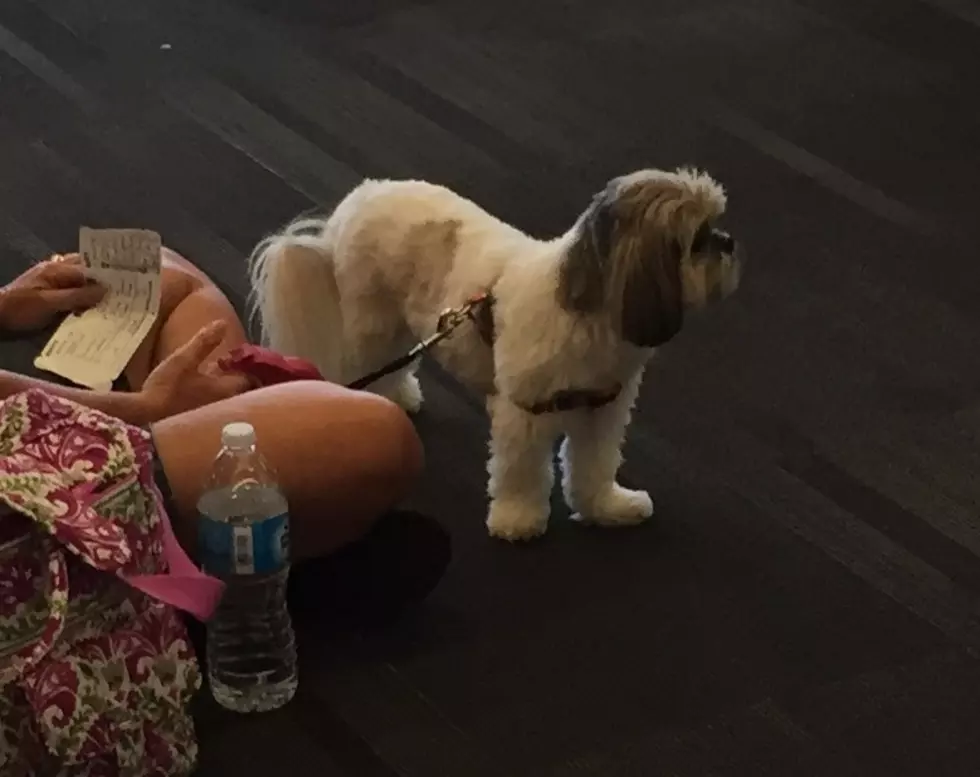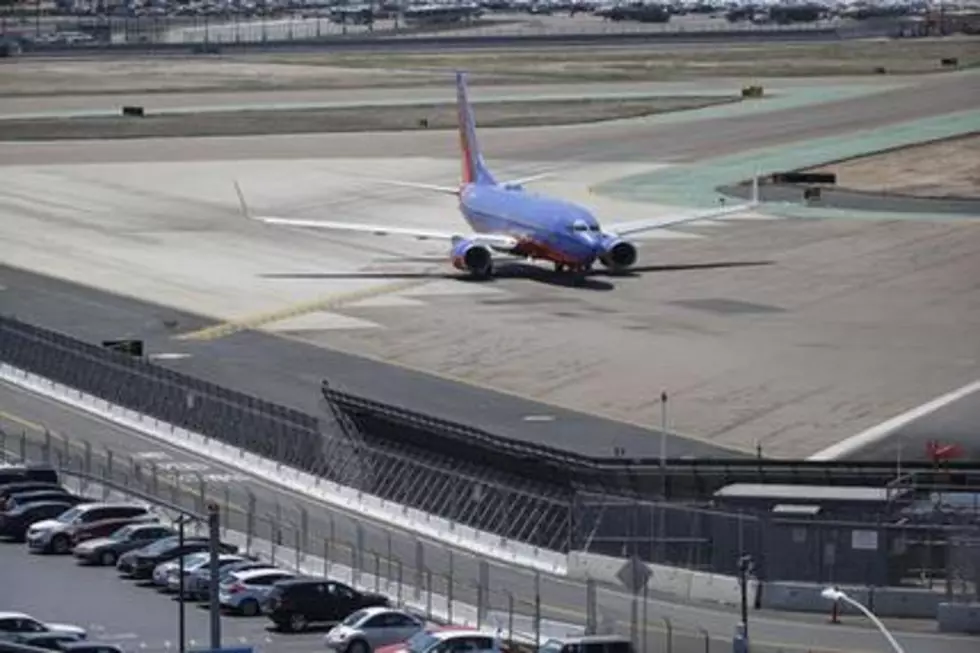
AirTran Did the Best Job For Passengers, Says Report
For the second straight year, low-cost carrier AirTran Airways did the best job of getting passengers where they were going, says a survey exploring the all-too-familiar hassles of flying. American Eagle was ranked worst among the nation's 15 largest airlines, though United drew the most complaints.
Despite higher fares, new fees and canceled routes, flying is getting better overall, said researchers who analyzed federal data on airline performance during 2011. Key indicators on lost bags, delayed flights, bumpings from overbooked planes and consumer complaints to the government improved.
"Airlines are finally catching up with what their promise is, which is getting you there on time 80 percent of the time with your bags," said Dean Headley, a business professor at Wichita State University who has co-written the annual airline performance report for 22 years.
AirTran again topped the list, followed by similar repeat performances by Hawaii Airlines and JetBlue Airways in second and third places.
Headley said airlines are slowly, steadily recovering from their meltdown five years ago, when, under the strain of near-record consumer travel demand, their performance tanked. Industry performance for all four measurements was slightly better in 2011 compared with 2010.
"They realize that people are paying a lot more money, and the system is more complex than it was, and they have to do a better job," he said. "To their credit, I think they are doing a better job."
After the top three, the overall rankings, in order, were: Frontier Airlines, Alaska Airlines, Delta Air Lines, Southwest Airlines, US Airways, SkyWest Airlines, American Airlines, Continental Airlines, United Airlines, Atlantic Southeast Airlines, Mesa Airlines, and American Eagle.
With higher fuel costs, airfares are trending up, although increases vary significantly depending on whether the passenger is flying between major airports or is heading to or from a small or medium-sized airport, Headley said. As airlines cut back service to smaller airports, the cost of air travel in small and medium cities is increasing, he said.
"It really depends on the market you are in," Headley said, noting that in 2010 he paid $275 to fly round-trip from Wichita, Kan., to Washington, where he released that year's report. This year, the same trip cost him $360.
In judging quality of performance, low-cost carriers that mainly fly between large hubs tend to fare the best, Headley said. The large airlines that have been around since before airline deregulation in the early 1980s tend to fall in the middle.
Regional airlines, which often fly smaller planes and are more susceptible to weather delays, generally bring up the rear. Airline performance last year was probably helped by a mild winter in much of the country despite an "October surprise" snowstorm that snarled the Northeast, he said.
Hawaiian did the best job of arriving on time, with an average of 92.8 percent, while JetBlue had the worst on-time performance, 73.3 percent. A flight is considered on time if it arrives within 15 minutes of when it was originally due.
Nearly half the 15 airlines improved their on-time arrival performance in 2011, and seven had an on-time arrival percentage over 80 percent -- Hawaiian, Southwest, AirTran, Alaska, American, Delta, and Mesa. The average on-time performance for the industry was 80 percent last year, just a tad better than 2010's average of 79.8 percent.
Mesa had the highest rate of passengers with tickets who were denied boarding, at 2.27 per 10,000 passengers. Such "bumpings" are usually due to overbooking. JetBlue had the lowest rate of bumped passengers, .01 per 10,000 passengers.
Ten airlines improved their denied boardings rate in 2011. American Eagle, which is owned American's parent company, AMR Corp. of Fort Worth, Texas, recorded the largest improvement, and Atlantic Southeast Airlines had the largest decline. Jet Blue, with its near zero rate, and Hawaiian, with a rate of 0.11 per 10,000 passengers, were clearly the industry leaders in avoiding bumping incidents. Industry performance was better in 2011 with an average bumping rate of .78 per 10,000 passengers compared with 1.08 the year before.
AirTran, acquired by the Southwest Airlines Co. last year, had the best baggage handling rate, 1.63 mishandled bags per 1,000 passengers. American Eagle had the worst rate, 7.32 mishandled bags per 1,000 passengers. That was more than double the industry rate of 3.35.
Seven airlines improved mishandled baggage rates in 2011: Alaska, American, Atlantic Southeast, Delta, Frontier, JetBlue and SkyWest. The mishandled baggage rate for the industry decreased from 3.49 per 1,000 passengers in 2010 to 3.35 last year.
Southwest once again had the lowest consumer complaint rate, 0.32 complaints per 100,000 passengers. United had the highest rate at 2.21.
Headley attributed United's high complaint rate to rough patches in the airline's merger with Continental. The airlines, which merged their reservation operations last month, now operate under the United name.
The overall rate of customer complaints was nearly unchanged, 1.19 in 2011 compared with 1.22 in 2010. Only five of the 15 airlines improved their customer complaint rates for 2011 -- AirTran, Delta, Frontier, Hawaiian and JetBlue.
The majority of complaints fell into four categories: flight problems such as unplanned schedule changes, delays and cancellations, 34.9 percent; baggage, 14.3 percent; customer service, 12.1 percent, and reservations, ticketing and boarding, 11.2 percent.
Purdue University aviation technology professor Brent Bowen co-wrote the report with Headley. Their research is sponsored by Purdue and Wichita State.
(Copyright 2012 by The Associated Press. All Rights Reserved.)
More From New Jersey 101.5 FM









